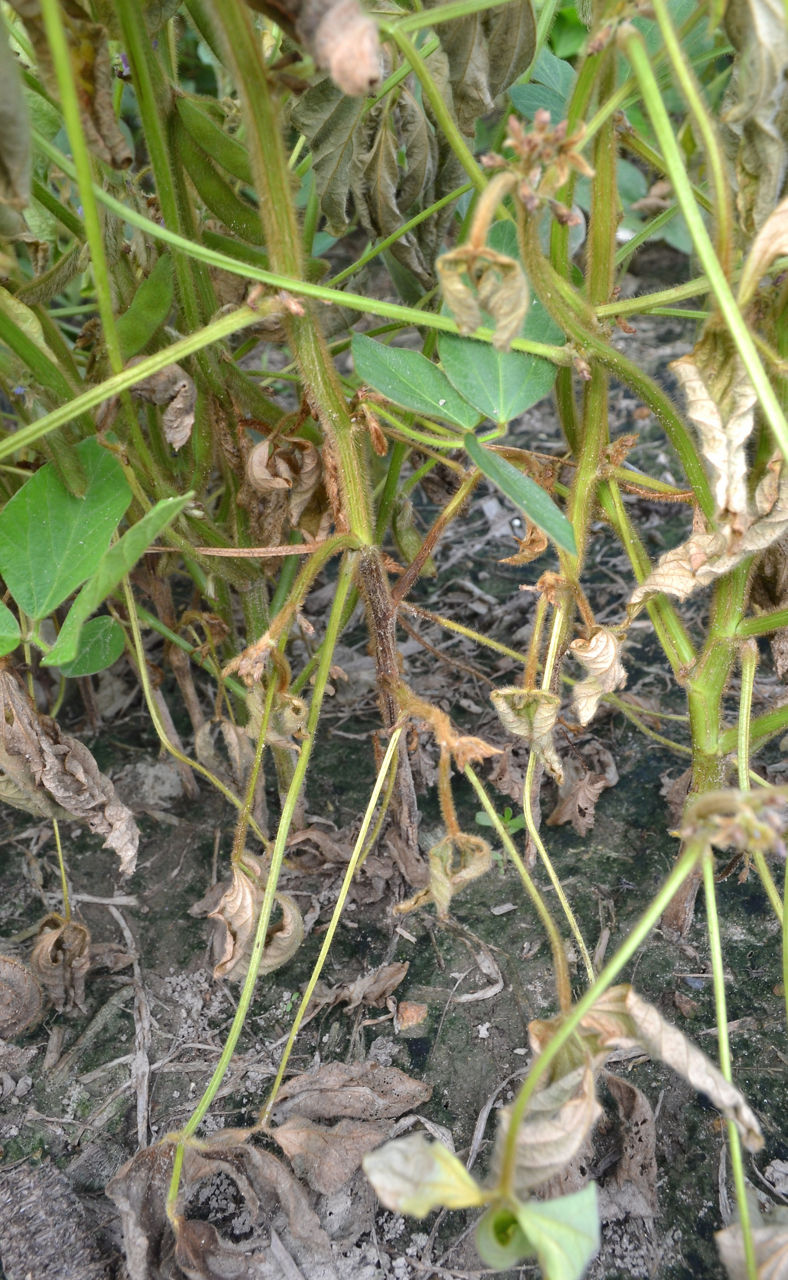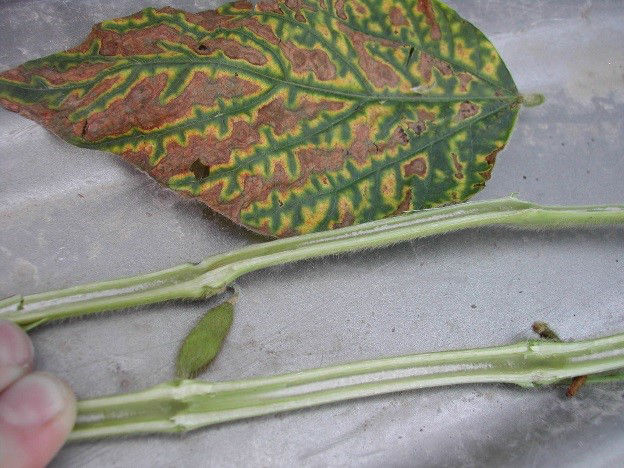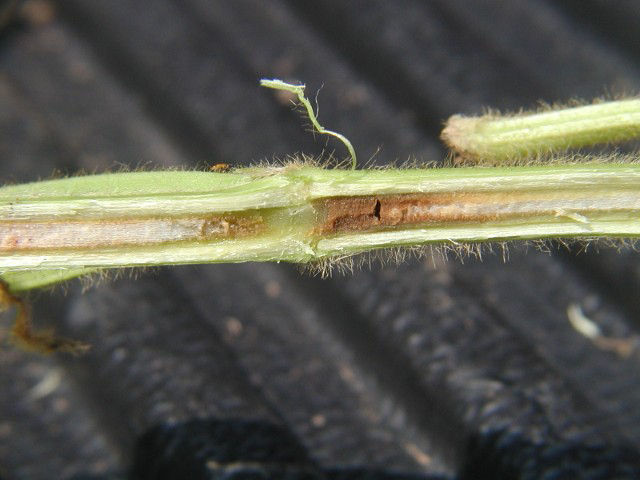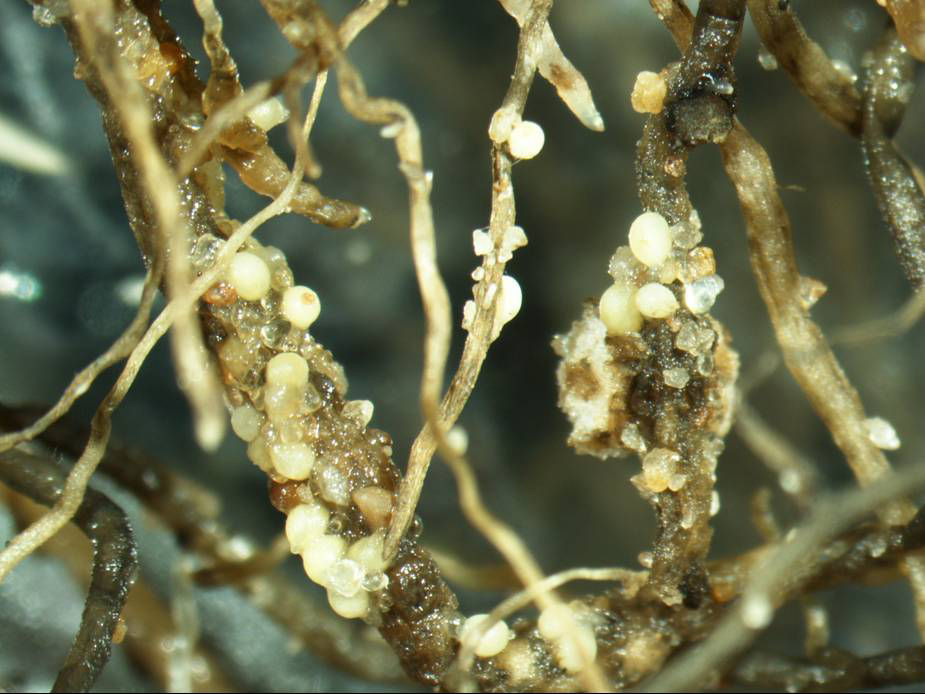5 MIN READ
Continuous Soybean Management Practices
August 18, 2025
- Planting continuous soybean may be an attractive option for some growers because of favorable market prices, lower input costs, and harvesting economics.
- Soybean yield potential may be reduced because of an increase in disease pathogens, nematodes, and insect pests.
- Soybean products should be evaluated closely for defensive characteristics such as disease tolerance, standability, and nematode resistance.
Is back-to-back soybean an option?
Continuous soybean production is generally not recommended; however, some farmers have reported stable yields for many years when planting back-to-back soybean crops.1 The decision to plant back-to-back soybean crops is largely based on economics and where soil types favor the continuous production of soybean. Factors to consider for producing continuous soybean crops include field selection, potential soybean diseases, nematode infestations, fertility, and weed management. When comparing the market price for soybean compared to corn along with the input costs for producing each crop, the planting of soybean again might be economically advantageous.
Field Selection
Fields that favor continuous soybean include those not prone to holding excessive moisture and where disease and soybean cyst nematode (SCN) infestations are minor. Low lying fields and fields with poor drainage are not ideal for continuous soybean because of the increased potential for root rots such as Phytophthora Root Rot (PRR) and Pythium. Under these situations, soybean product characteristics should be reviewed closely for tolerance or resistance for root rot diseases. Soybean cyst nematode infested fields can reduce potential yields dramatically if resistant soybean products are not planted.
Disease and Nematode Management
In the constant presence of a host crop, disease inoculum can increase on crop residue and in the soil each growing season. A field with disease or nematode issues may see a dramatic reduction in yield potential after the third or fourth year of continuous soybean production.2 Diseases such as PRR, white mold, sudden death syndrome (SDS), brown stem rot (BSR), and SCN remain in the soil or on crop residue for several years after a host plant is removed. Without crop rotation to break pest and pathogen life cycles, other management approaches are needed. Often, planting a product with disease or insect resistance is the most effective management approach.
- Phytophthora root rot can be managed by selecting soybean products with race-specific resistance genes (Rps genes) and partial resistance. Rps resistance genes include Rps1a, Rps1c, Rps1k, Rps3a, or Rps1k + 3a. Soybean products with partial resistance have some resistance to all PRR pathotypes. In historical PRR infested fields, soybean products with the combination of the appropriate Rps gene resistance relative to the PRR races in a field and partial resistance should be planted.3 The disease can appear anytime during the season with root rot, stem rot, and defoliation (Figure 1). For additional PRR information, please visit Identification and Management of Phytophthora Root Rot in Soybean.




